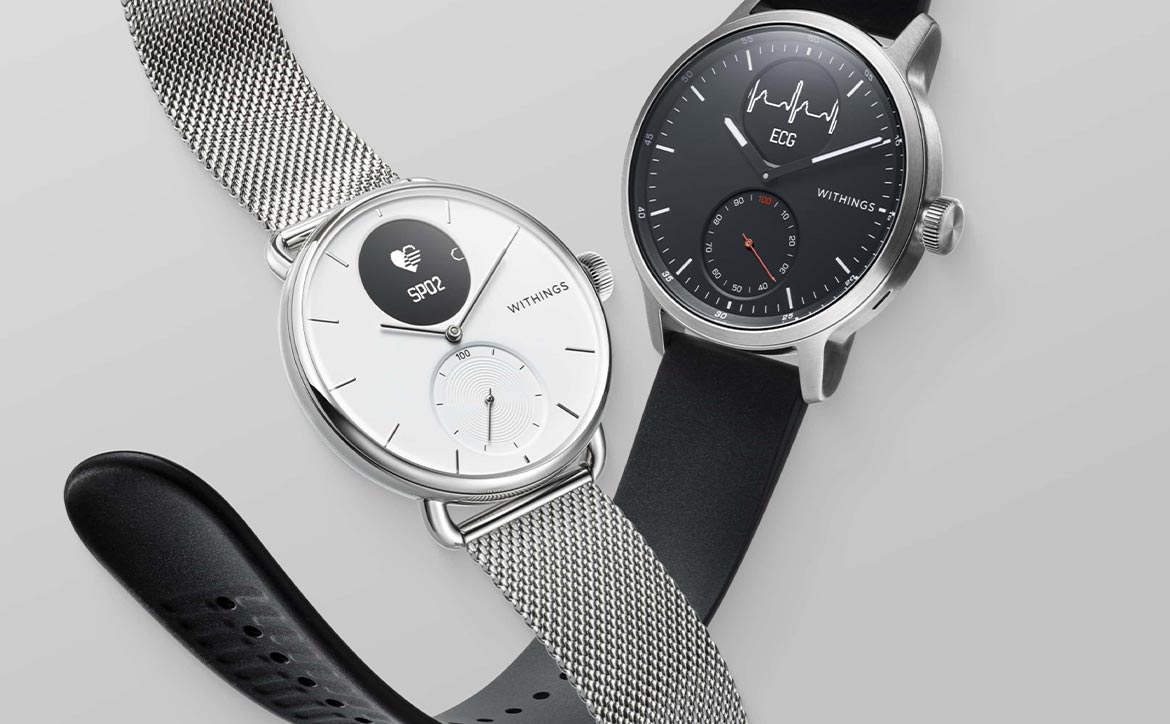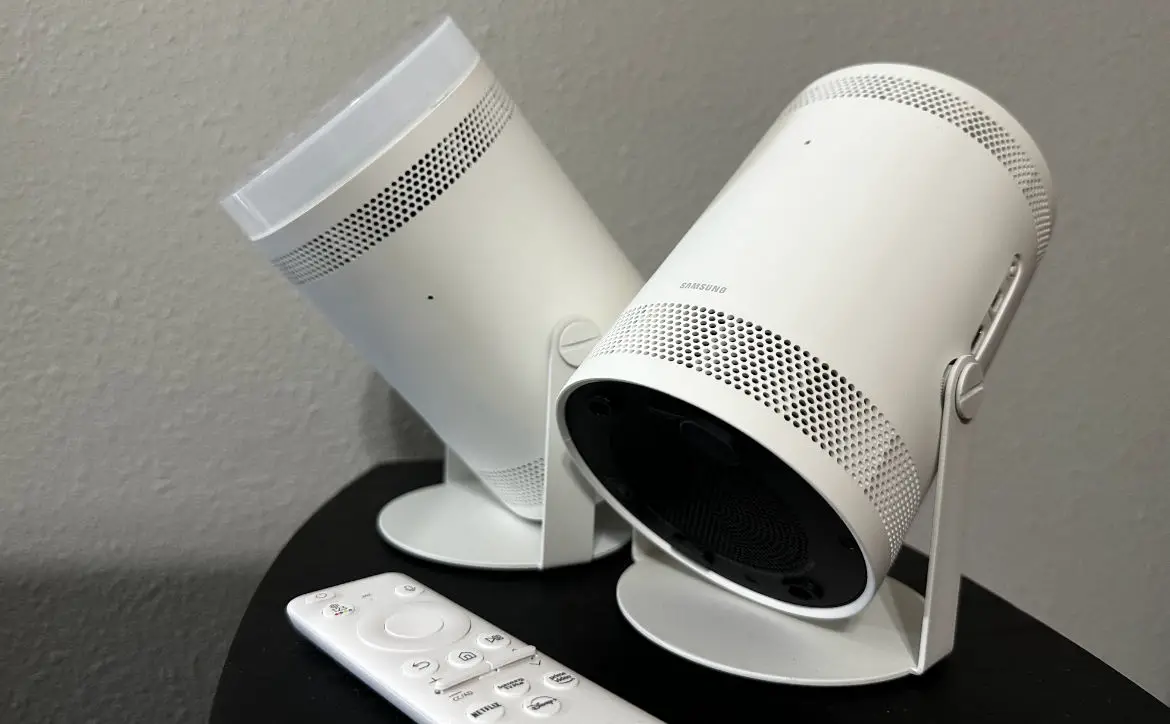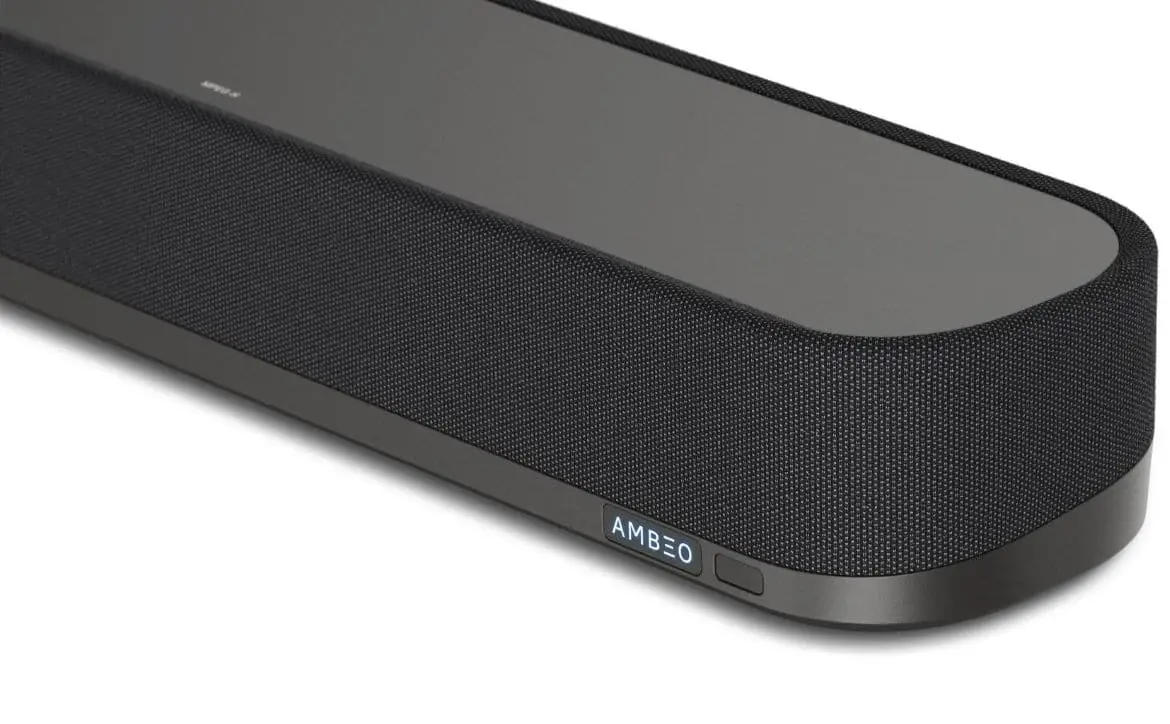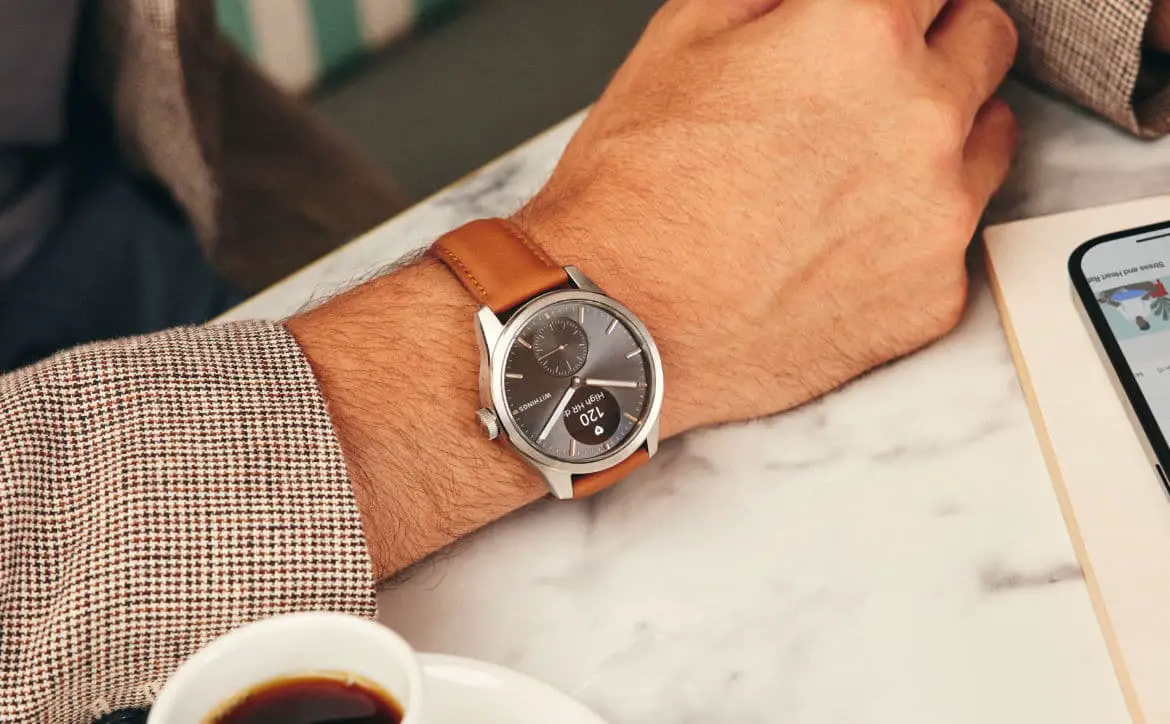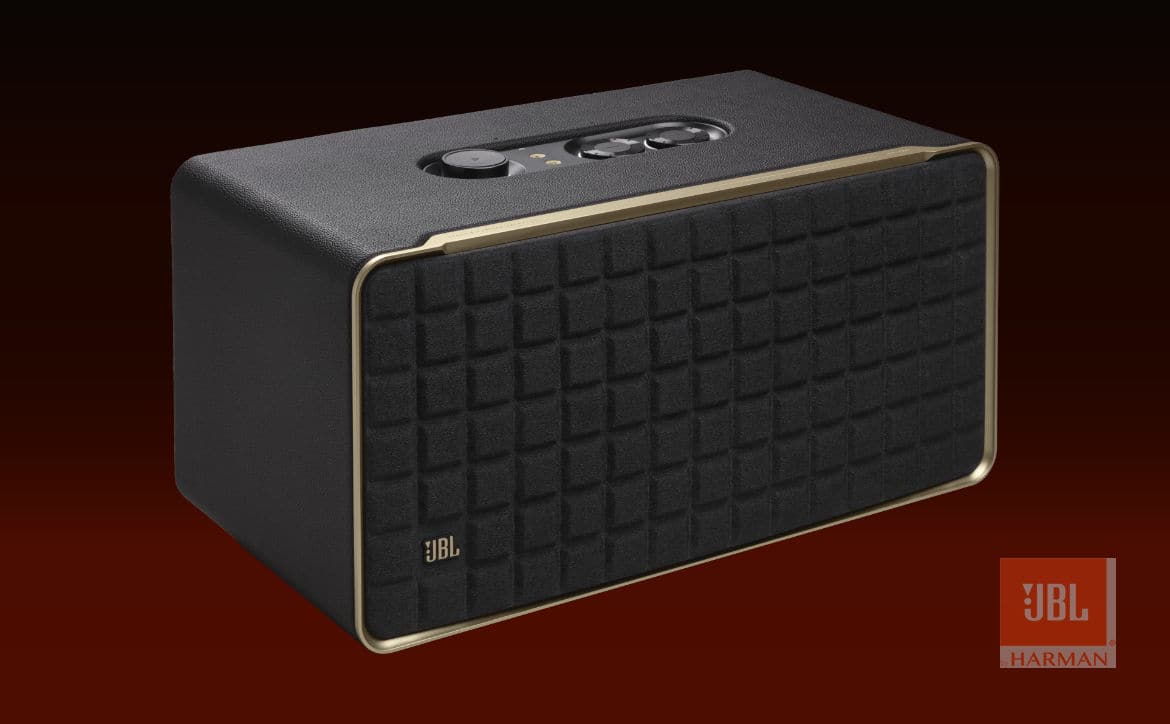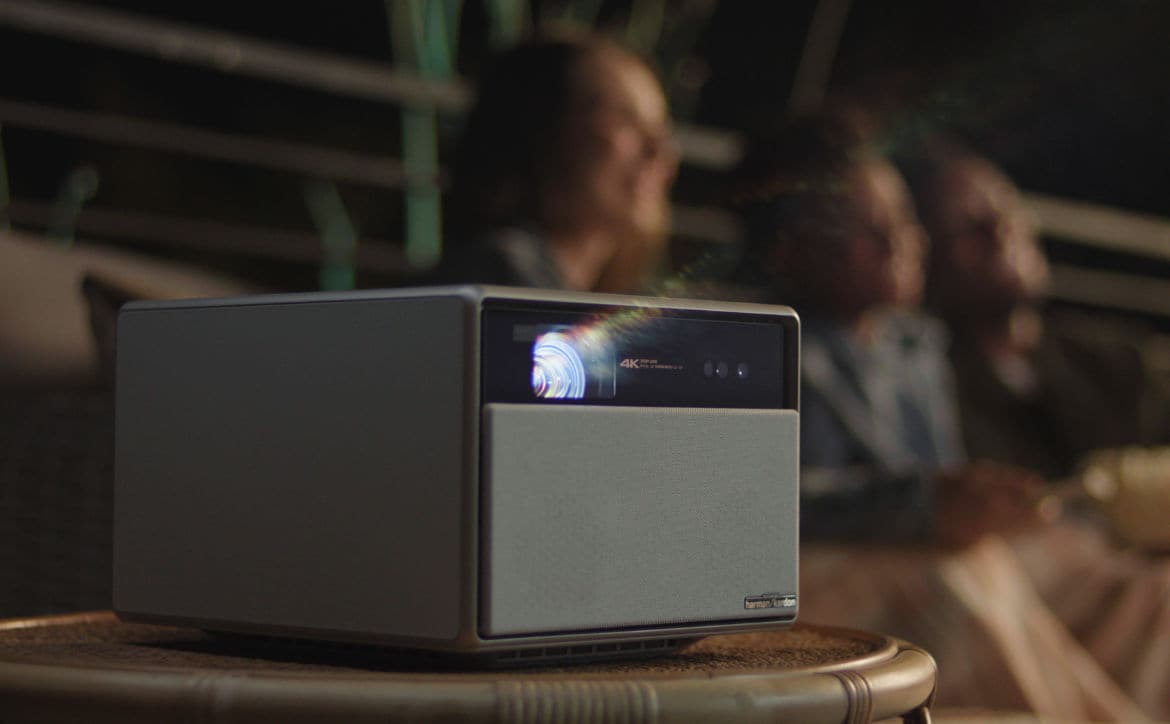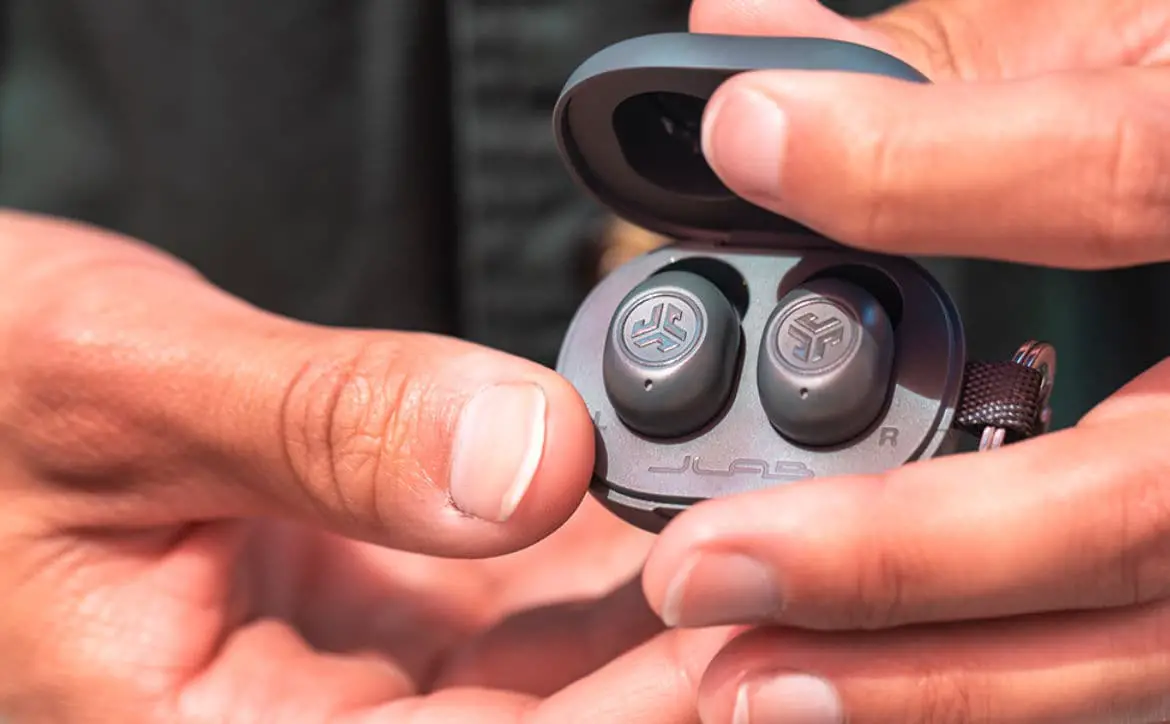Withings’ “most medically advanced hybrid smartwatch” with atrial fibrillation detection — the Withings ScanWatch — has received FDA clearance and is now available for purchase. The latest smartwatch from the connected health company can monitor heart rate, atrial fibrillation through ECG, breathing disturbances, blood oxygen levels through SpO2, sleep, and physical activity.
Estimated reading time: 4 minutes
The FDA clearance makes the Withings ScanWatch the first wearable to be cleared that records both ECG and SpO2 measurements. Validated in two clinical studies, including one in which it was used to monitor patients in German hospitals remotely, the ScanWatch was developed with input from cardiologists and sleep experts.
“ScanWatch received three CES Innovation Awards when it was announced and we are now thrilled to bring it to the United States following robust FDA scrutiny. At Withings our core mission is to create beautiful devices people choose to use and wear every day so the medical data they provide can make meaningful impacts on their lives. ScanWatch has been clinically validated to detect AFib and can aid in the detection of breathing disturbances at night, that can be signs of sleep apnea. It is our most ambitious medical watch to date and has the potential to benefit millions of people.”
Mathieu Letombe, CEO of Withings
Atrial fibrillation, or AFib, is “the main form of irregular heart rhythm that is often underdiagnosed as it is intermittent.” The ScanWatch allows users to take a medical-grade ECG on-demand and can also monitor a user’s heart rate with its PPG sensor. Should it detect a potential heart event, it will alert the user and prompt the user to record an ECG. The results are then displayed in the Health Mate smartphone app, after which users can choose to send the readings to their doctor or cardiologist.
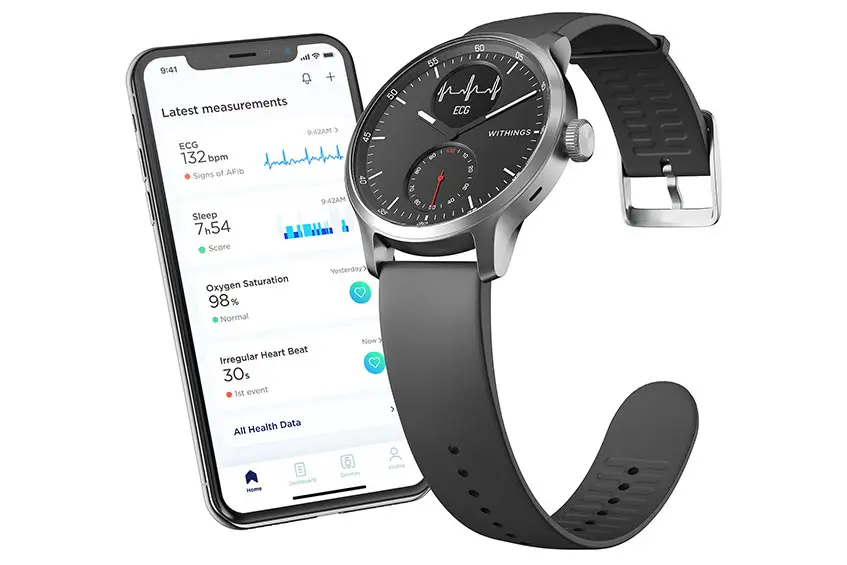
In addition to AFib monitoring, the Withings ScanWatch can also monitor blood oxygen (SpO2) levels, sleep patterns, and track more than 30 daily activities like running, walking, cycling, and swimming. In addition to the Health Mate app, users can also pair the smartwatch with over 100 third-party apps, including Google Fit, Apple Health, MyFitnessPal, and Strava.
Features and specifications include:
- Heart beat notifications : high or low heart rate, irregular heart beat
- Heart rate: beats per minute
- Breathing disturbances: detection via oxygen saturation
- Oxygen saturation level (recreational SpO2)
- Walking and running: steps, distance, calories, based on user’s profile for high precision
- Calories: metabolic calories and total calories expenditure
- Running: automatically detected, in-app daily recap of duration and distance
- Swimming: automatically detected, in-app recap with duration and calories burned
- Sleep: deep and light sleep phases, irregular heartbeat detection, sleep interruptions
- Fitness Level: assessment via VO2Max estimation
- Elevation: meters and floors climbed
- Analog dial with hands for hours and minutes. Subdial displays progress toward daily activity goal in percentage. The PMOLED screen displays SpO2, irregular rhythm and smartphone notifications, heart rate, steps, floors climbed, distance, calories, activities, and settings.
- Workout mode displays timer and heart rate (continuous tracking).
- Clock menu with alarm, stopwatch and timer.
- Notifications display previews of incoming calls, text messages, calendar events and 100+ apps.
- Single battery charge lasts up to 30 days in normal use
- 38mm model: 38.4mm diameter (1.6’’), 13.2mm thickness (0.52’’), 18mm wristband width (0.70’’), 58g (watch only)
- 42mm model: 42mm diameter (1.65’’), 13.7mm thickness (0.54’’), 20mm wristband width (0.79’’), 83g (watch only)
ScanWatch is available from withings.com, Amazon and Best Buy stores. It is priced at US$279 (38mm) and $299 (42 mm) and comes in a choice of black or white faces. Rose Gold and Horizon versions will be available early in 2022, priced from $299 and $499, respectively.
What do you think about the Withings ScanWatch with its atrial fibrillation detection and how advanced smartwatches are becoming at assisting in health issue detection? Let us know on social media by using the buttons below.

